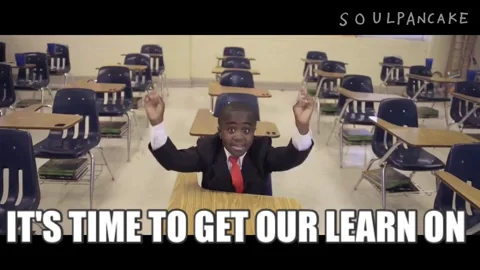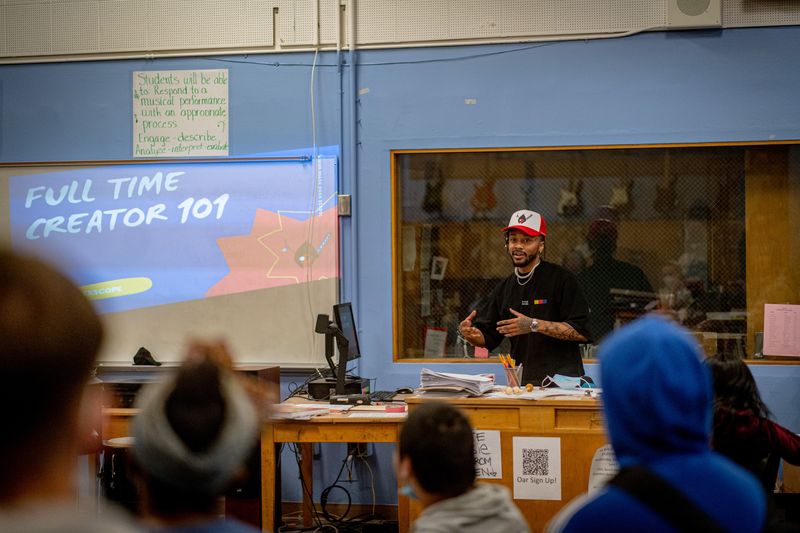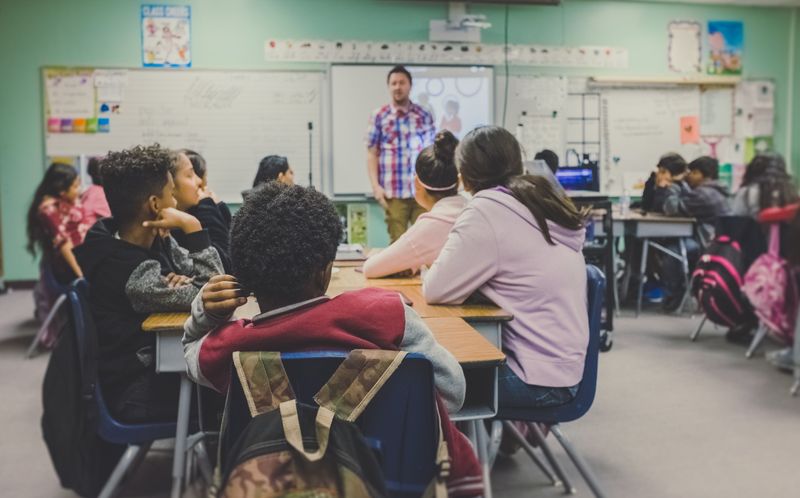You're in the middle of teaching a lesson when a student raises their hand and says:

Well, that sounds like a job for differentiation!
What is differentiation?
Rather than teaching the whole class in one way, differentiation happens when the teacher uses different instructional strategies to appeal to a variety of student needs.

There are 4 ways to differentiate instruction:
Content
Process
Product
Learning environment
1. Content
Content is the knowledge, concepts, and skills that learners need. When you introduce new content, it may be brand new to some students, while others are already experts. To differentiate content:
use Bloom's Taxonomy to design tiered activities at varying levels of complexity
provide texts at multiple reading levels
present information in different ways, such as slideshows, media, or discussions
offer supplemental learning materials, such as books, websites, and games
 Photo by LexScope on Unsplash
Photo by LexScope on Unsplash
2. Process
Process describes the way learners make sense of class content. Students have different learning preferences and styles. To differentiate the process:
provide students with opportunities to reflect individually or through partner talks
allow students to choose and use graphic organizers
set up learning centers, where students practice skills through different stations, or jigsaws, where students become experts in a topic and share their knowledge
vary how much time students have to complete tasks
 Photo by Akson on Unsplash
Photo by Akson on Unsplash
3. Product
Product is what students create to express their understanding. To differentiate product:
provide students with different options for how to demonstrate mastery, such as through a written report, brochure, poster, skit, blog, song, collage, PowerPoint, or oral presentation
allow students to work independently, with a partner, or in a group
provide a rubric so that students are aware of the task's expectations and able to assess their own work
 Photo by Firmbee.com on Unsplash
Photo by Firmbee.com on Unsplash
4. Learning Environment
The learning environment is the climate of the learning space or classroom. To differentiate the learning environment:
offer quiet spaces with no distractions and areas for discussion and collaboration
provide culturally responsive resources and materials
set clear guidelines and routines so students know what to do and how to efficiently get support from each other or the teacher
 Photo by Kenny Eliason on Unsplash
Photo by Kenny Eliason on Unsplash
Quiz Time!
Victoria's class has just finished reading a novel. She tells her students their final project is to write an essay about the theme of the novel. Students hear the word "essay" and immediately feel stressed out.

Victoria is considering ways to differentiate the assignment for her students:
A: Require students to work independently
B: Prepare graphic organizers to help students understand the novel's themes and plot
C: Provide supplementary videos and websites
D: Give students the option to choose alternative formats for the project
Quiz
How can Victoria differentiate this assignment for her students? Select all that apply.
Take Action

Now that you know how to differentiate instruction to meet a variety of student needs:
Your feedback matters to us.
This Byte helped me better understand the topic.
